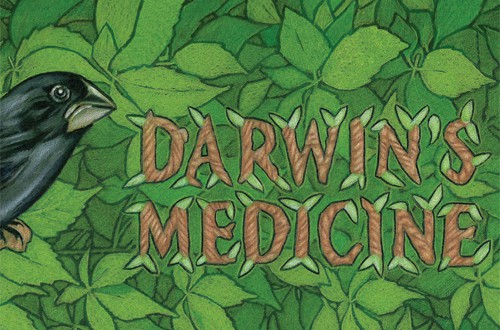
When Sanofi fired Chris Viehbacher recently, Forbes magazine and other commentators called it a huge mistake. I tried to be less judgemental and more reflective; we’ll never know if it was or wasn’t. But there are lessons here about a pharmaceutical company’s culture and its ability to evolve. As usual with this column, allow me to give you a little background to the theory before returning to the practical implications for companies hoping to adapt to the future.
Because we know far more about biological evolution than we do about the economic and industry kind, drawing analogies from the former to the latter is very helpful. Most biological genomes are very stable. In humans, the normal, non-cancer, rate is only about 0.35 mutations per generation. And there are obvious advantages to such stability, because if our offspring were very different from us then we might expect a lot of deleterious mutations and a high rate of child mortality. Of course, we might evolve faster but at a high cost. Nature, in its wisdom, seems to have settled on an appropriate balance between stability and evolution.
Now, as I’ve discussed in previous editions of Darwin’s Medicine, a firm’s equivalent of its genes are its organisational routines: its multitude of ways of doing things from paying bills to discovering drugs to staying legal. As anyone who has worked in a big company knows, this complex web of routines is as necessary as it is stable. If we had to think from first principles whenever we wanted to do anything, we’d never get anything done. And if each routine was a little different every time, we’d spend so much time finding our way through the process that we’d be effectively paralysed. When new situations arise, we can and do adapt routines but this is relatively rare. There’s no data on this but if you told me that a pharma company’s genome of routines was as stable as a human’s exome, I’d believe you. This raises the question of what keeps the company genome so stable. Given that there are a multitude of opportunities for routines to change, deliberately and otherwise, how come they don’t?
In my work, studying why and how life science companies are evolving, the prime candidate for this genome stability mechanism seems to be organisational culture. Years ago, the great Edgar Schein identified that routines are artefacts of organisational culture. Further, he realised that cultural artefacts, which are usually visible and tangible, are an expression of what the organisation perceives as valuable. For example, if you have a rigid, hierarchical process for approving business plans, the organisation values seniority and experience and places less value on flexibility. In Schein’s model, such values flow from the organisation’s fundamental assumptions about the best way to do business in the market environment. These assumptions are almost always implicit and are often ancient, having their roots in the formation of the company. Altogether, cultural artefacts, values and assumptions permeate the whole company and, due to their invisibility and interconnectedness, are very hard to change. In the wise words of Peter Drucker, organisational culture is persistent and pervasive.
Even when companies see the need to adapt, their actions are often hindered by culture
So culture, founded on fundamental assumptions about the best way to do business, embeds ways of doing things and ensures the stability of the corporate DNA in subtle and powerful ways. And there’s the rub. When the environment changes and routines need to change too, the culture hinders adaption. Even when companies see the need to adapt, their actions (such as appointing a new CEO with new ideas) are hindered by culture. In practice, fresh-thinking new employees are either tamed by the culture (‘encultured’ in the jargon) or the culture spits them out quite quickly. Note that no one is suggesting Viehbacher is incompetent, but Sanofi is talking about issues of style, which is always an indicator of culture clash.
And the practical implication of these ideas about culture, routines and adaptation? Doing a gene transplant, using a senior executive as the viral vector, may seem like a great idea but is more likely to result in costly and time-consuming rejection. It only works if the rest of the leadership actively engages in suppressing or adapting the cultural immune system response that will otherwise reject the new genes. That means thinking carefully about what deep, hidden assumptions need to change and then re-engineering the values and artefacts that flow from them. As in nature, this doesn’t mean throwing out the cultural baby with the bathwater – stability remains valuable – but it does mean getting the balance between mutation and stability right. It’s very tricky, but that’s what the board is paid for.





